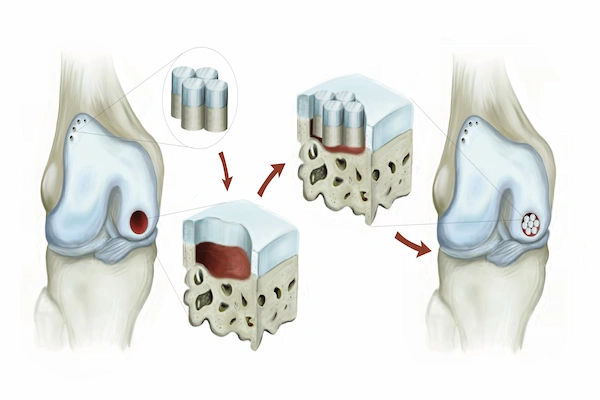Cooled Radiofrequency Treatment for Chronic Knee Pain
Discover how cooled radiofrequency treatment can help manage chronic knee pain, reduce discomfort, and improve mobility.

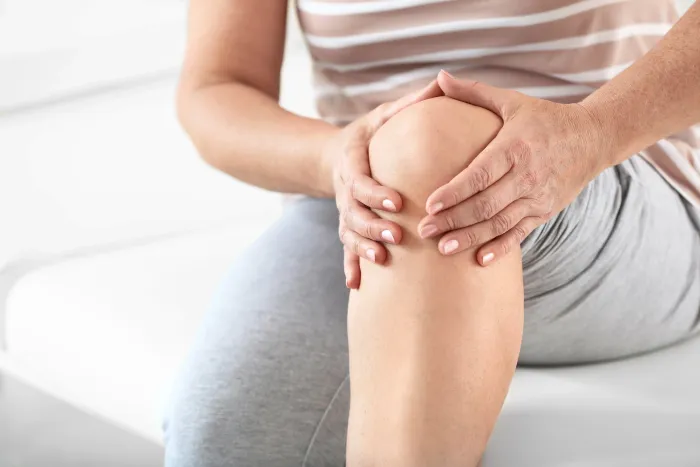
Introduction
Living with chronic knee pain can feel like being trapped in a shrinking world. Activities you once loved, walking, gardening, and playing with grandchildren, become sources of apprehension and discomfort. For millions, this pain is caused by osteoarthritis, a degenerative condition where the protective cartilage in the knee wears down. While treatments like painkillers, physical therapy, and corticosteroid injections offer temporary relief, many people find themselves on a frustrating cycle of short-term fixes. If this sounds familiar, you’re not alone, and there is hope. Advanced, minimally invasive procedures are changing the landscape of pain management. This guide delves into one of the most promising: cooled radiofrequency treatment. We will explore how this innovative technology works, who it can help, what the procedure involves, and how it compares to other options. Our goal is to empower you with the knowledge you need to have an informed conversation with your doctor about finding lasting relief from chronic knee pain.
What is Cooled Radiofrequency Ablation? A Modern Approach to Pain Blocking
Cooled radiofrequency ablation (often abbreviated as cooled RFA) is a minimally invasive procedure designed to provide long-term relief from chronic knee pain by deactivating the specific nerves that carry pain signals from the knee to the brain. Think of these nerves, called the genicular nerves, as the "pain wires" for your knee. Cooled radiofrequency treatment uses precisely controlled heat to create a small lesion on these nerves, effectively interrupting the pain pathway.
How Does It Differ from Traditional Radiofrequency Ablation?
You might have heard of traditional radiofrequency ablation. The key difference lies in the technology. Traditional RF uses a simple probe that heats the nerve tissue directly surrounding its tip. This creates a relatively small, oval-shaped lesion. Cooled radiofrequency treatment, however, incorporates a sophisticated twist: the tip of the probe is cooled with water while the energy is delivered.
The Science Behind the Cool: How Water-Cooling Creates a Larger Treatment Zone
This water-cooling mechanism is the game-changer. By keeping the probe tip cool, the surrounding tissue doesn't immediately char or coagulate. This allows the radiofrequency energy to penetrate further into the tissue, creating a much larger and more spherical lesion. Why does size matter? The genicular nerves are not always in the exact same spot in every person; they can have slight anatomical variations. The larger lesion created by cooled radiofrequency technology significantly increases the probability of successfully treating the entire nerve, leading to more consistent, effective, and longer-lasting pain relief compared to the conventional method. Studies have shown that this approach can lead to superior outcomes for patients suffering from knee osteoarthritis.
Consult an Orthopaedician for the best advice
Are You a Candidate for Cooled Radiofrequency Treatment?
Not everyone with knee pain is an ideal candidate for this procedure. It is specifically designed for a certain profile of patient who has not found success with more conservative treatments.
Ideal Candidates: Who Stands to Benefit the Most?
The best candidates for cooled radiofrequency treatment are typically individuals who:
• Have been diagnosed with moderate to severe osteoarthritis of the knee.
• Experience chronic pain that has persisted for several months.
• Have not achieved adequate pain relief from conservative treatments like physical therapy, anti-inflammatory medications, or corticosteroid injections.
• Wish to avoid or delay major surgery, such as a total knee replacement, or may not be surgical candidates due to other health concerns.
• Have pain that is primarily from the knee joint itself (as opposed to referred pain from the back or hip).
Key Indicators: Pain That Suggests Cooled RF Could Help
Your pain management specialist will make the final determination, but your pain patterns can be a strong indicator. If your pain is significantly reducing your quality of life, making it difficult to sleep, walk, or climb stairs, and this is confirmed by X-rays or an MRI showing arthritis, you may be a suitable candidate. A positive response to a diagnostic nerve block (a test injection we'll discuss next) is the most critical factor in predicting a successful outcome from the full cooled radiofrequency ablation procedure.
If your knee pain is impacting your daily activities and conservative methods haven’t helped, consulting a pain specialist is a crucial next step. You can book a consultation with an expert orthopaedist or pain management doctor online with Apollo24|7 to discuss if this treatment is right for you.
The Cooled Radiofrequency Procedure: What to Expect Step-by-Step
The process is typically performed in two phases to ensure its effectiveness and your safety.
Phase 1: The Diagnostic Nerve Block
Before committing to the full ablation, your doctor will perform a diagnostic genicular nerve block. This is a crucial test. Using X-ray or ultrasound guidance, the doctor will inject a local anaesthetic onto the genicular nerves. If this injection provides significant pain relief (usually 50% or more) for a few hours, it confirms that these nerves are indeed the source of your pain and that the full cooled radiofrequency procedure has a high likelihood of success.
Phase 2: The Main Procedure – A Day of Treatment
The main procedure is an outpatient treatment, meaning you go home the same day.
1. Preparation: You will be positioned comfortably, and the skin around your knee will be cleansed. You'll receive sedation to help you relax, but you will remain conscious.
2. Guidance: Using live X-ray (fluoroscopy), the doctor precisely places thin needles near the genicular nerves.
3. Stimulation: A mild electrical current is used to stimulate the area, ensuring the needle is near the sensory nerve (which causes a tingling sensation) and not the motor nerve (which would cause muscle twitching).
4. Ablation: Once the position is perfect, a local anaesthetic is injected for comfort. The cooled radiofrequency probe is then inserted, and the controlled thermal energy is delivered for a short period to each nerve.
5. Completion: The probes are removed, and small bandages are applied. The entire procedure usually takes between 45 and 90 minutes.
Life After the Procedure: Recovery and Results
Understanding the recovery process can ease your journey.
The First 48 Hours: Managing Post-Procedure Sensations
It's common to experience some soreness, swelling, or a feeling of numbness around the knee for a day or two. This is normal and can be managed with ice and over-the-counter pain relievers. Most people can resume light activities within 24 hours. Your doctor will provide specific post-procedure instructions.
The Long-Term Outlook: Regaining Mobility and Function
The full benefits typically become apparent within one to three weeks as the initial soreness subsides and the nerve ablation takes full effect. Patients often report a dramatic reduction in pain, leading to improved mobility, better sleep, and the ability to return to activities they had given up. The effects of cooled radiofrequency treatment are long-lasting, with studies showing pain relief can persist for 12 to 24 months. As the nerves regenerate over time, pain may gradually return, but the procedure can often be repeated.
Weighing the Options: Cooled RF vs. Other Treatments
Choosing the right treatment is crucial for knee pain relief.
Cooled RF vs. Corticosteroid Injections
Corticosteroid injections are effective for short-term inflammatory flare-ups, but their effects typically last only a few weeks to months. Repeated injections can also potentially damage cartilage over time. Cooled radiofrequency ablation offers a more durable solution, targeting the pain signal itself rather than just reducing inflammation, providing relief for a year or more.
Cooled RF vs. Total Knee Replacement Surgery
Knee replacement is a major surgical procedure with a prolonged recovery period (months) and inherent surgical risks. Cooled radiofrequency is a minimally invasive alternative that preserves the natural joint. It is an excellent option for those who want to avoid or postpone surgery, or for whom surgery is too risky. It can also be a valuable bridge for patients who are not yet ready for a replacement but need significant pain control.
Potential Risks and Important Considerations
As with any medical procedure, there are risks, though they are relatively rare. These can include infection, bleeding, bruising, or temporary increased pain. A specific risk is the development of neuritis, a temporary burning sensation from the nerve as it heals. There is also a small chance of skin numbness around the treatment area. It is essential to discuss all potential risks and benefits with your doctor.
Conclusion: Taking the Next Step Toward a Pain-Free Life
Chronic knee pain doesn't have to define your life. Cooled radiofrequency treatment represents a significant advancement in interventional pain management, offering a safe, effective, and long-lasting solution for those suffering from osteoarthritis. By precisely targeting the nerves responsible for pain, this procedure can help you regain your mobility, reduce reliance on medication, and rediscover the joy of an active life. If you have exhausted conservative treatments without success, this could be the path forward you've been searching for. Take the knowledge from this guide, and start a conversation with a qualified pain specialist about whether cooled radiofrequency is the right key to unlock your door to relief.
Consult an Orthopaedician for the best advice
Consult an Orthopaedician for the best advice
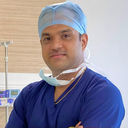
Dr Shanmuga Boopathy
Orthopaedician
14 Years • MBBS, MS(Orthopaedics)
Chennai
Apollo Speciality Hospitals OMR, Chennai

Dr Vikas P Birla
Orthopedics-Sports Medicine
13 Years • MBBS, DNB, MNAMS, Fellowship in Shoulder and Sports Injury
Delhi
Apollo Hospitals Indraprastha, Delhi

Dr. Sameer Chaudhari
Orthopaedician
10 Years • MBBS, MS (Ortho), D.Ortho
Mumbai
Apollo Hospitals CBD Belapur, Mumbai
(25+ Patients)
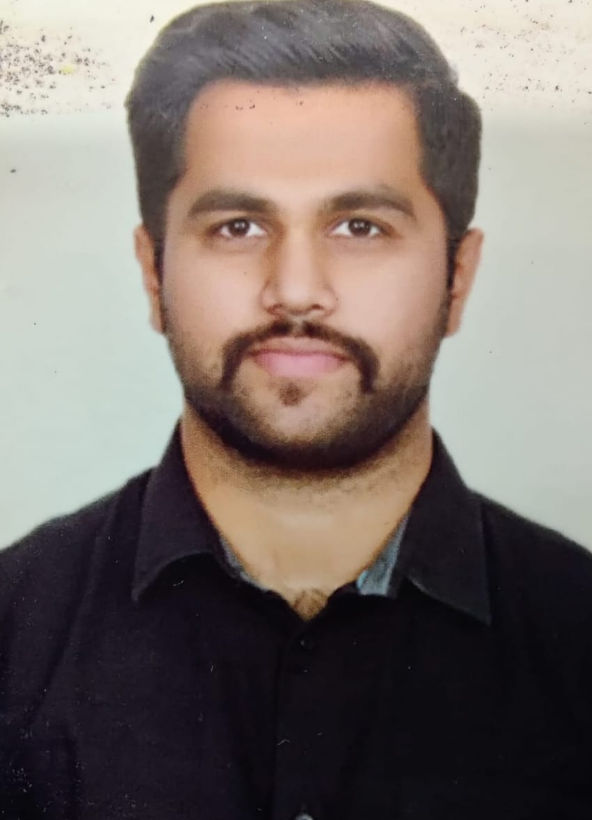
Dr. Akshay Shetty T
Orthopaedician
9 Years • MBBS, MS (Orthopaedics)
Bengaluru
WellnessVibes Multispeciality Clinic, Bengaluru
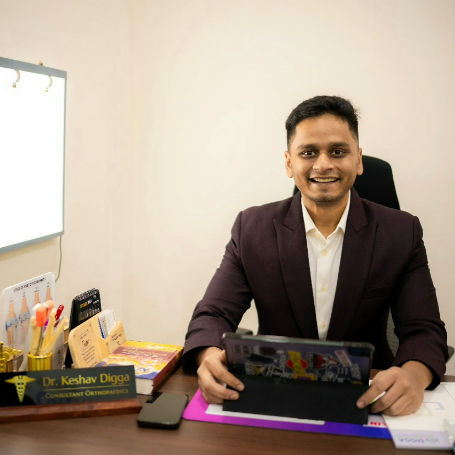
Dr. Keshav Digga
Orthopaedician
14 Years • MBBS, MS Orthopaedics, FIASM, FIMISS
Kolkata
DIGGA HEALTHCARE, Kolkata
Consult an Orthopaedician for the best advice

Dr Shanmuga Boopathy
Orthopaedician
14 Years • MBBS, MS(Orthopaedics)
Chennai
Apollo Speciality Hospitals OMR, Chennai

Dr Vikas P Birla
Orthopedics-Sports Medicine
13 Years • MBBS, DNB, MNAMS, Fellowship in Shoulder and Sports Injury
Delhi
Apollo Hospitals Indraprastha, Delhi

Dr. Sameer Chaudhari
Orthopaedician
10 Years • MBBS, MS (Ortho), D.Ortho
Mumbai
Apollo Hospitals CBD Belapur, Mumbai
(25+ Patients)

Dr. Akshay Shetty T
Orthopaedician
9 Years • MBBS, MS (Orthopaedics)
Bengaluru
WellnessVibes Multispeciality Clinic, Bengaluru

Dr. Keshav Digga
Orthopaedician
14 Years • MBBS, MS Orthopaedics, FIASM, FIMISS
Kolkata
DIGGA HEALTHCARE, Kolkata
More articles from Knee pain
Frequently Asked Questions
1. How long does the pain relief from cooled radiofrequency ablation typically last?
Pain relief from cooled radiofrequency treatment for knee osteoarthritis is long-lasting. Most patients experience significant relief for 12 to 24 months. As the treated nerves naturally regenerate over time, pain may slowly return, but the procedure can often be repeated successfully.
2. Is the cooled RF procedure itself painful?
Patients are given sedation to ensure they are comfortable and relaxed throughout the procedure. Before the ablation, the area is numbed with a local anesthetic, so you should only feel some pressure during the treatment. Any post-procedure soreness is usually mild and short-lived.
3. What is the success rate of cooled radiofrequency ablation?
Clinical studies have shown high success rates. Many patients report a greater than 50% reduction in their knee pain. The success is highly dependent on proper patient selection, particularly a positive response to the diagnostic nerve block performed beforehand.
4. Will I be able to walk normally immediately after the treatment?
You will be able to walk, but it's advised to take it easy for the first 24-48 hours. You may have some soreness or a feeling of instability. Most people can return to their normal daily routines within a few days, with significant improvement in walking comfort as the pain relief sets in over the following weeks.
5. Are there any activities I should avoid after cooled RF?
Your doctor will provide specific instructions. Generally, you should avoid strenuous exercise, heavy lifting, and high-impact activities for the first couple of weeks to allow the area to heal properly. Low-impact activities like walking are encouraged.

